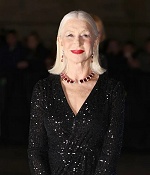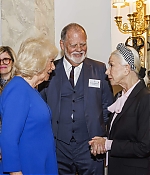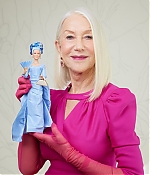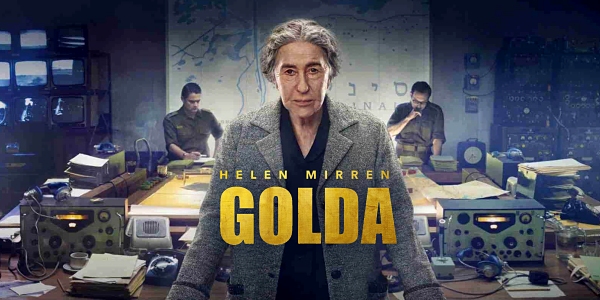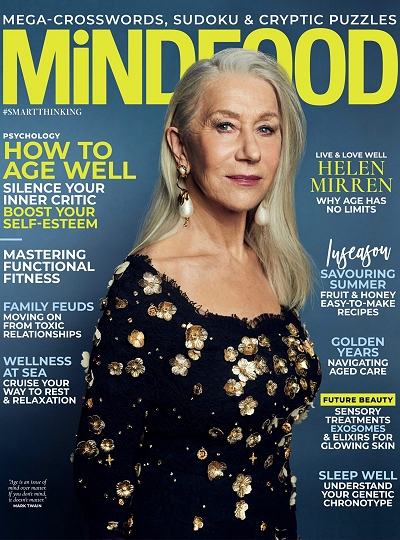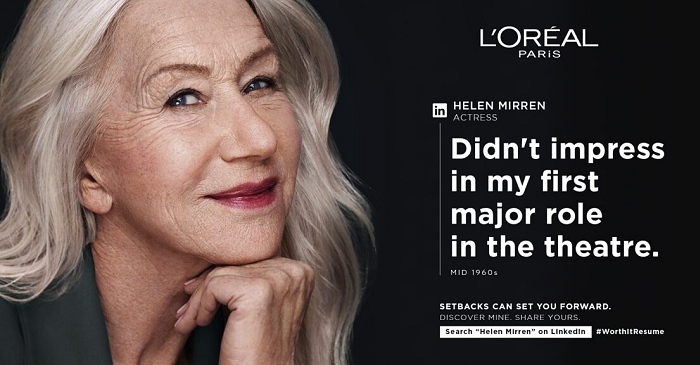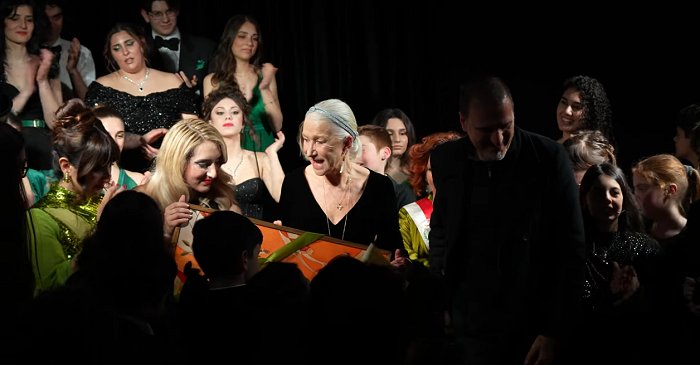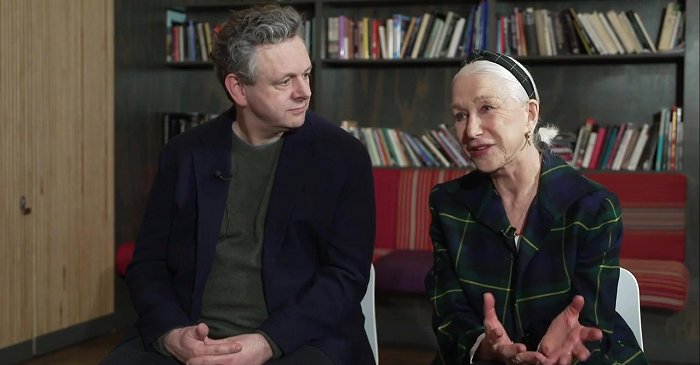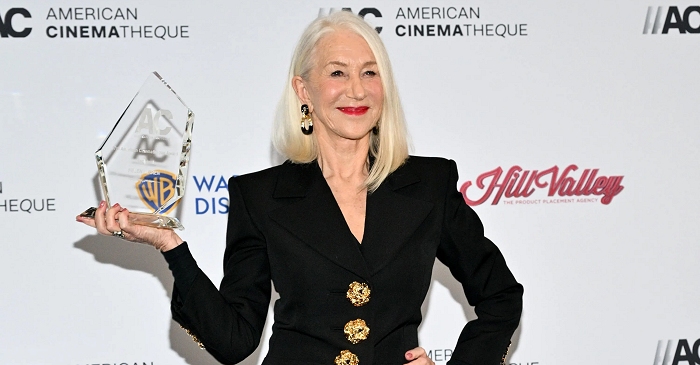
|
Welcome to The Helen Mirren Archives, your premiere web resource on the British actress. Best known for her performances with the Royal Shakespeare Company, "Prime
Suspect" and her Oscar-winning role in "The Queen", Helen Mirren is one of the world's most eminent actors today. This unofficial fansite provides you with all latest
news, photos and videos on her past and present projects. Enjoy your stay.
|
Celebrating
10 years
on the web
|
All’s Well That Ends Well
June 01, 1967
| The Royal Shakespeare Company
|

Production Notes
John Barton’s 1967 production, in which Helen Mirren played Diana, was well-received. John Peter welcomed a “sure-footed and thoughtful revival of a flawed but unjustly neglected play”. “A step-child of the theatre, neither heart-rending nor heart-warming” it might be, but still able to project a “scattered experimental brilliance”. He admired Timothy O’Brien’s set, which evoked the “full Caroline spendour of ruffs, cloaks and tall hats”. The whole production had a “flowing, consistent style of sophistication and rich baroque grace”, while the clarity of the verse-speaking was “flawless throughout”. The Illustrated London News found the production “blessedly direct”, an effect achieved at the cost of cutting some 500 lines, including the whole of III.iv, and telescoping and transposing scenes elsewhere.
Philip Hope-Wallace praised the “extreme honesty, lucidity and sound interpretation” of Barton’s production but found the first half “dull”. Estelle Kohler’s Helena, although “charming”, had “little enough to offer of special radiance or sparkle and when not quite sure of herself tended to simper and to squeak”. For him the “first breakthrough” of the evening came when Diana duped Ian Richardson’s Bertram (scene IV.ii). According to the Sunday Telegraph, Bertram came across as “rather endearingly clumsy and over-eager as he trie[d] to seduce Diana across an awkward and uncomfortable travelling trunk.” She seemed to succumb to his entreaties, but then chose her moment to make her demand of him. Mirren let Richardson embrace her, then said unexpectedly, “Give me that ring”. Not for the first time in the play, the immature Bertram was outwitted by a more resourceful female.
